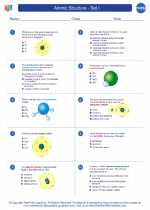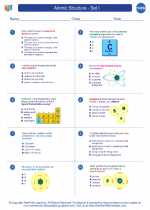Formation of Aquifers
Aquifers are formed over long periods of time as precipitation percolates through the ground and accumulates in porous rock formations such as sandstone, limestone, or gravel. The rate of recharge and the permeability of the rock or sediment determine the capacity of the aquifer to store and transmit water.
Types of Aquifers
There are two main types of aquifers: confined and unconfined. Confined aquifers are bounded above and below by impermeable layers, while unconfined aquifers have a permeable layer on top and are open to the surface, allowing water to flow in and out more easily.
Groundwater Flow
Understanding the flow of groundwater within aquifers is essential. This involves studying the concepts of hydraulic conductivity, porosity, and hydraulic gradient, which determine how water moves through the aquifer and how quickly it can be extracted.
Aquifer Depletion and Recharge
Human activities such as excessive groundwater pumping and urban development can lead to aquifer depletion. It's important to study the processes of recharge and how human interventions can affect the long-term sustainability of aquifers.
Environmental Impact
Lastly, studying the environmental impact of aquifer use is crucial. This includes understanding the potential for contamination, the effects of over-extraction on ecosystems, and the importance of sustainable management practices.
.◂Chemistry Worksheets and Study Guides High School. Atomic Structure - Set I

 Worksheet/Answer key
Worksheet/Answer key
 Worksheet/Answer key
Worksheet/Answer key
